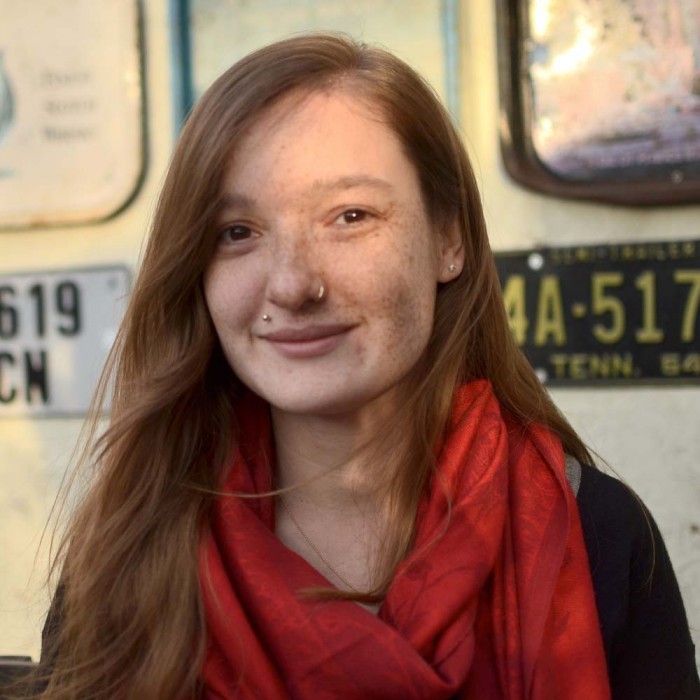The Anıt Sayaç website is a wall of women’s names or initials, and sometimes simply “name unknown”. Clicking on a name reveals basic information: why she was killed, who killed her, did she have a request for protection, and how she was killed. The 35th name on the list for the year of 2015 is Özgecan Aslan: a name that has become instantly recognisable. It is the type of story that almost every woman in Turkey has internalised to a degree. The social media SendeAnlat hashtag (“TellYourStoryToo”) had women from all walks of life sharing their experiences of harassment and abuse.
The website is a digital platform that commemorates women who have died due to (domestic) violence. In the twelve days since Özgecan’s brutal murder, a further eight women have been killed. It is no exaggeration to say that a woman is killed every other day in Turkey.
While initiatives to combat violence against women are of paramount importance, the public discussion fails to recognise that the problem does not solely stem from gender. The use of sexual violence and harassment as a means of power and dominance is something seen throughout the history of this country. There is a patriarchal psyche in Turkey and it is embodied not just in its state institutions but in its larger-than-life statesmen, among whom we can count both Atatürk and Erdoğan.
This mentality is also easily found in private social constructs. Most families in Turkey are run by the father, in much the same way President Erdoğan runs the country. This is no coincidence.
A psychologist told me of a horrific rape ordeal that took place in a village in Şanlıurfa province where the victim was kidnapped, tied and raped for several days before being released. The perpetrators were men – three of them – but the victim was also a man, in his early 20s. The psychologist could only deduce there had been some inter-tribal aşiret disagreement that had ended with the members of one tribe asserting their dominance over the other. After all, a man who is raped is no longer seen as a man.
The news stories of women being killed or raped by partners or strangers, until Özgecan, were mostly small paragraphs in the back pages of the paper. They include such abhorrent cases as the now infamous 13-year-old girl, known by her initials NÇ, about whom the court ruled she “gave her consent” to the 26 perpetrators that raped her. That ruling was upheld by an upper court. Little wonder that stories of male-on-male rape do not appear in the press and hardly register in the wider public conscience.
The public outrage sparked by Özgecan’s death would do well to pay heed to the Pozantı case. The news that children were subjected rape, torture and abuse at Pozantı Juvenile Prison first came to light in 2011 and was even subject to a parliamentary inquiry, which ruled that the allegations were “purposeful”. However it was not until a social media campaign the following year that Pozantı received the appropriate coverage and exposure. And now, in 2015, the latest article published about the prison claims that all the case against the defendants were dismissed because of a lack of evidence and that the children themselves are facing a lawsuit.
But it’s not just in the home. It is deeply sad to hear an AKP MP claim that the female HDP MPs “beat themselves” during one of many brawls that broke out over the security reform package debate in parliament. Prime Minister Davutoğlu’s comments on the incident were even worse: he claimed the HDP lawmakers provoked the attack.
I cynically comfort myself that we truly have equality in Turkey: whether at home, on the street or in parliament and regardless of gender or age, anyone can be subjected to violence and sexual harassment in Turkey. And we can all still be blamed.
